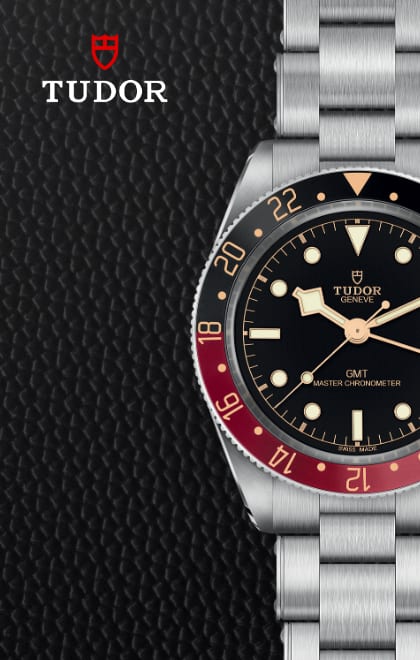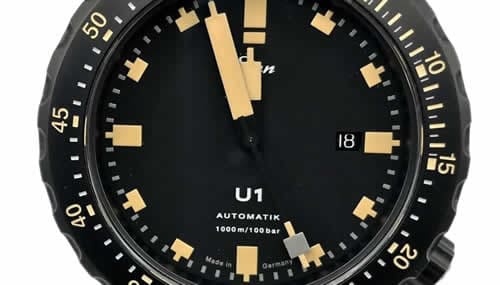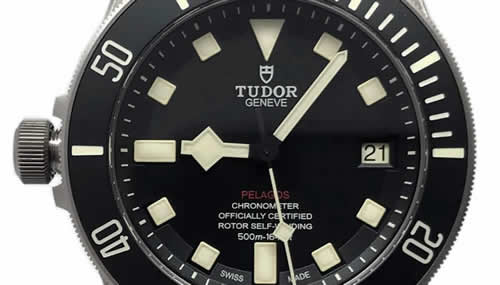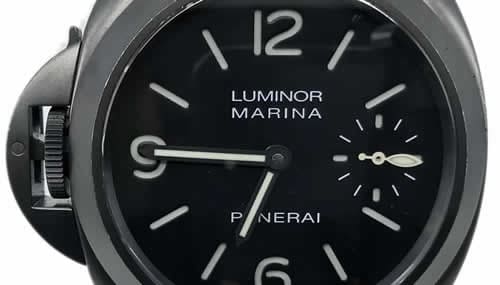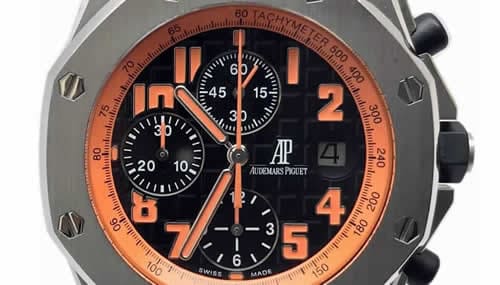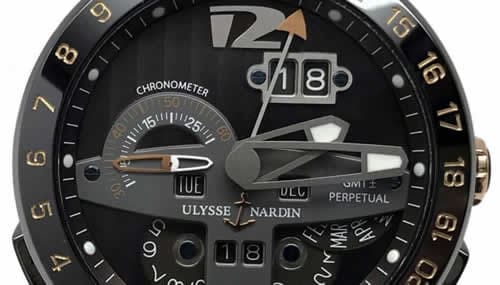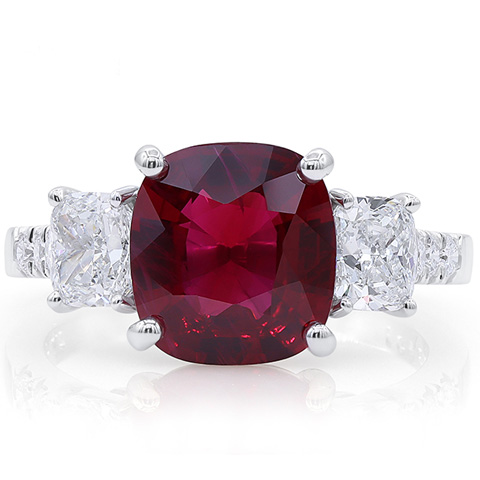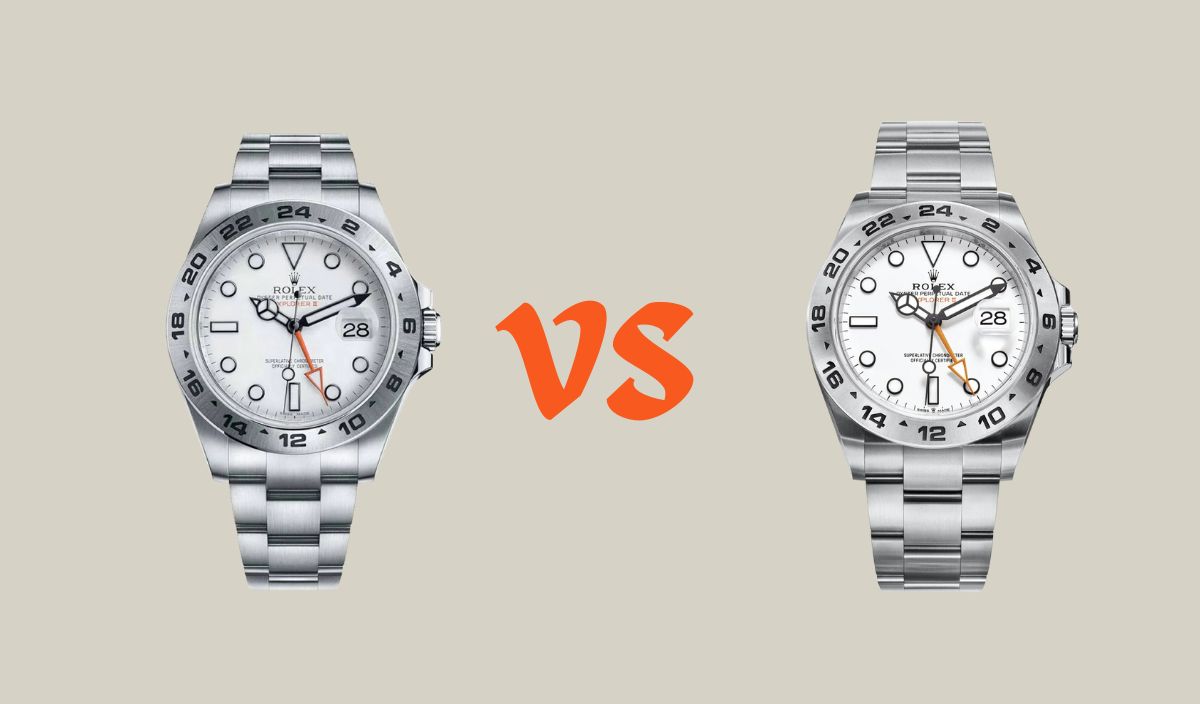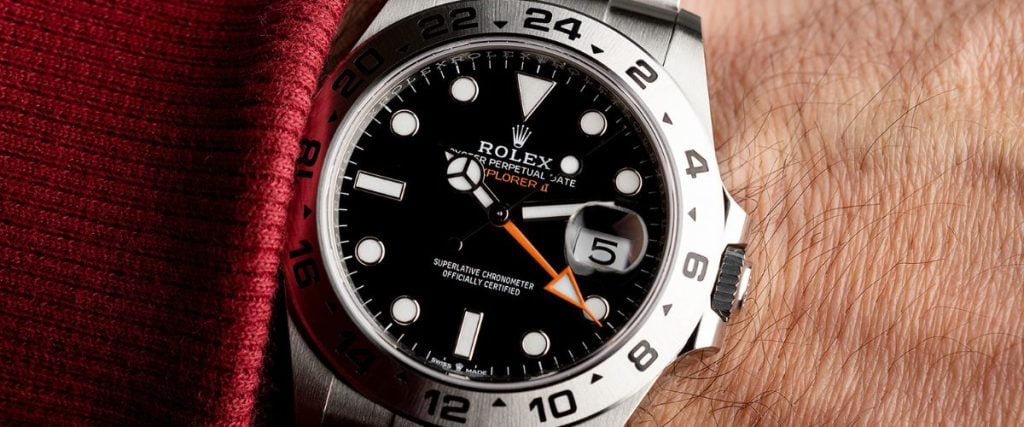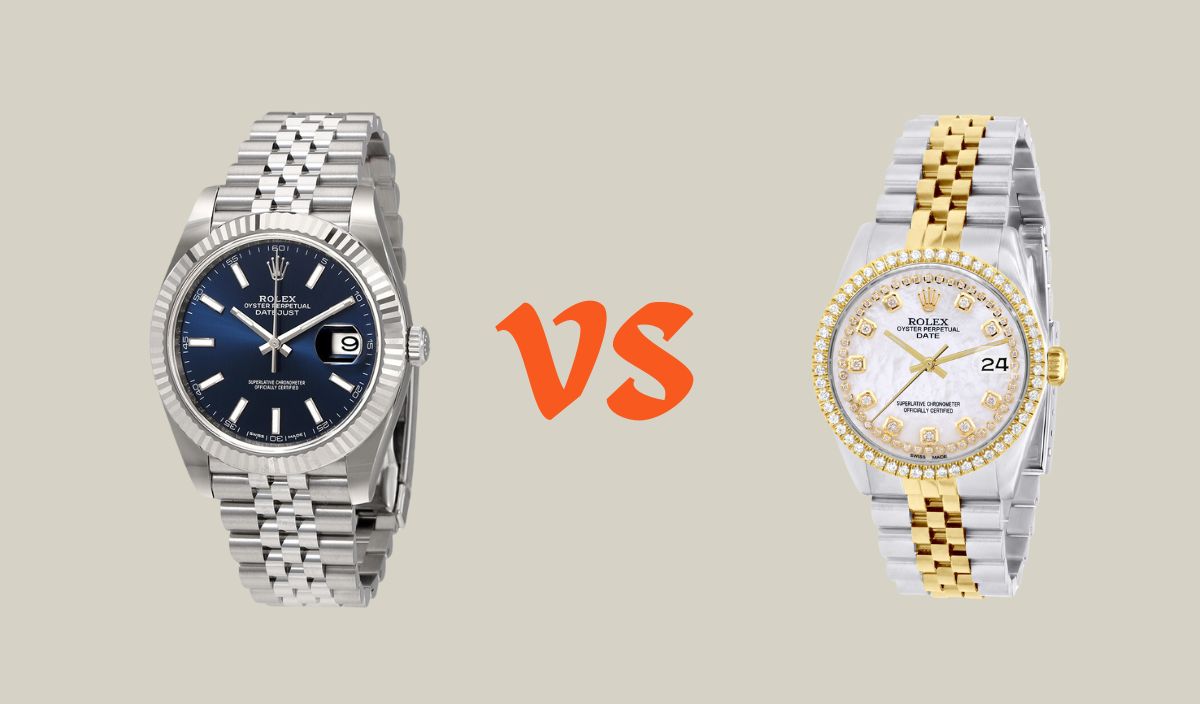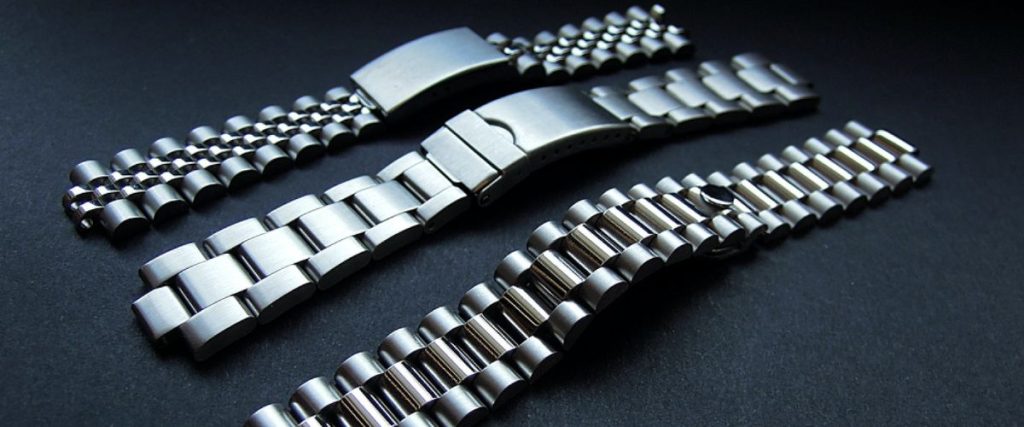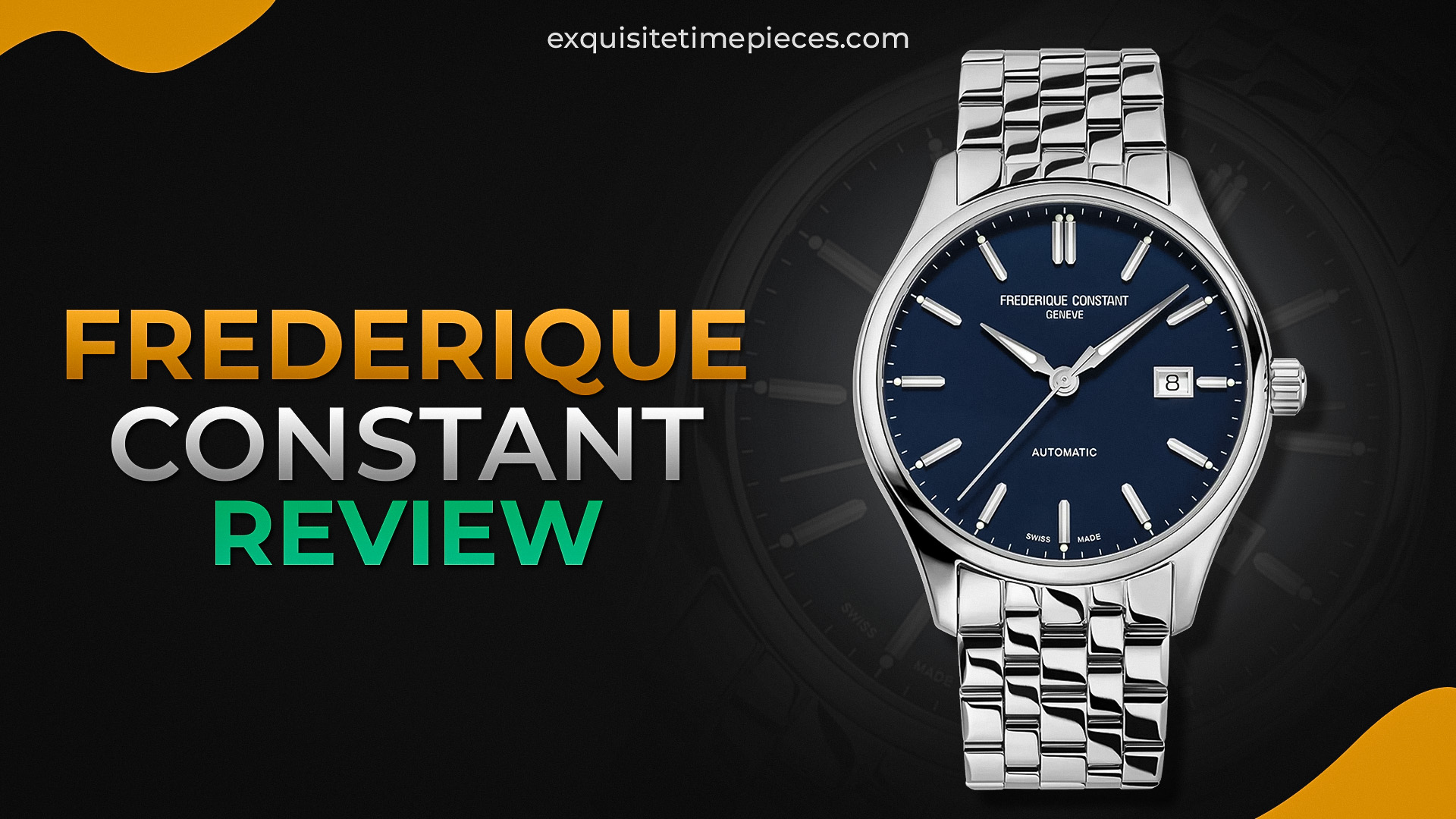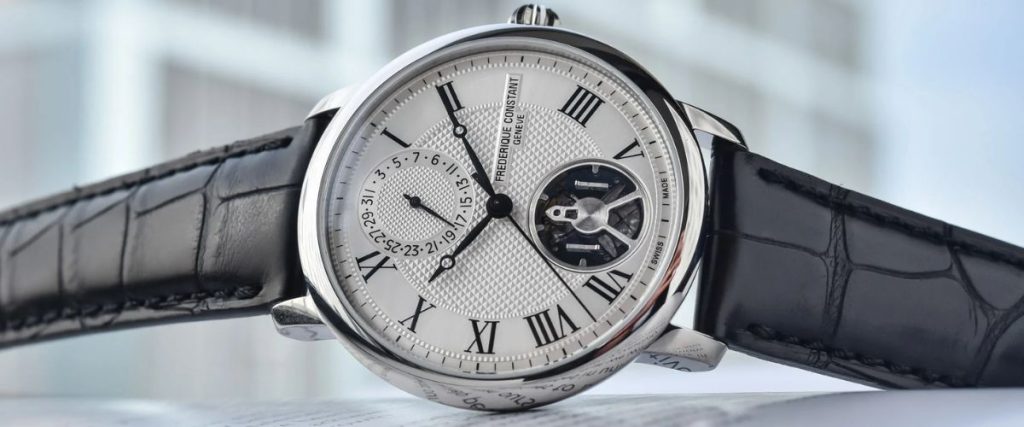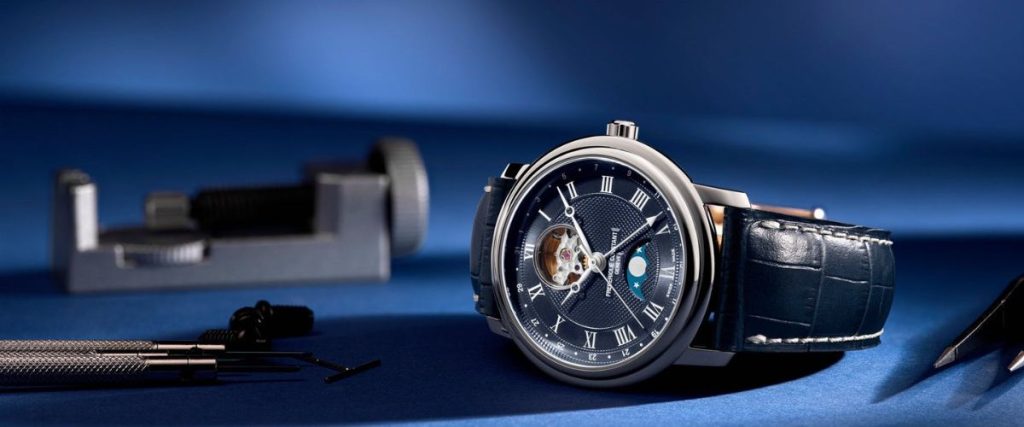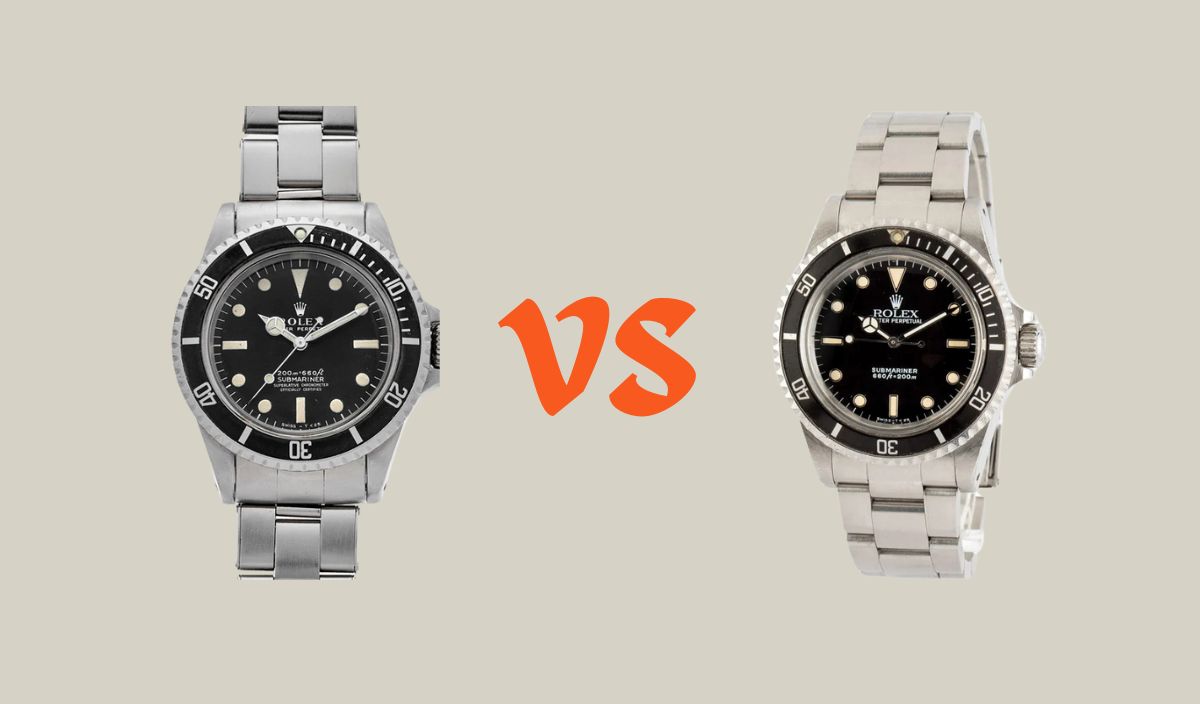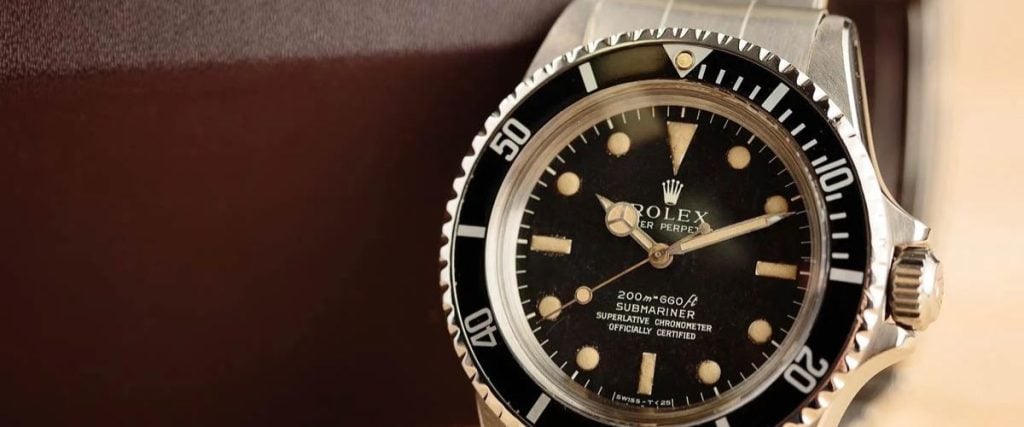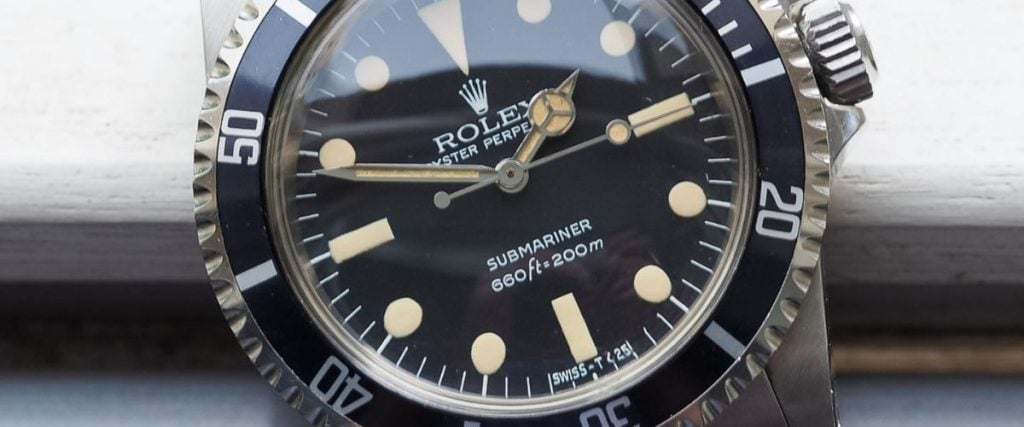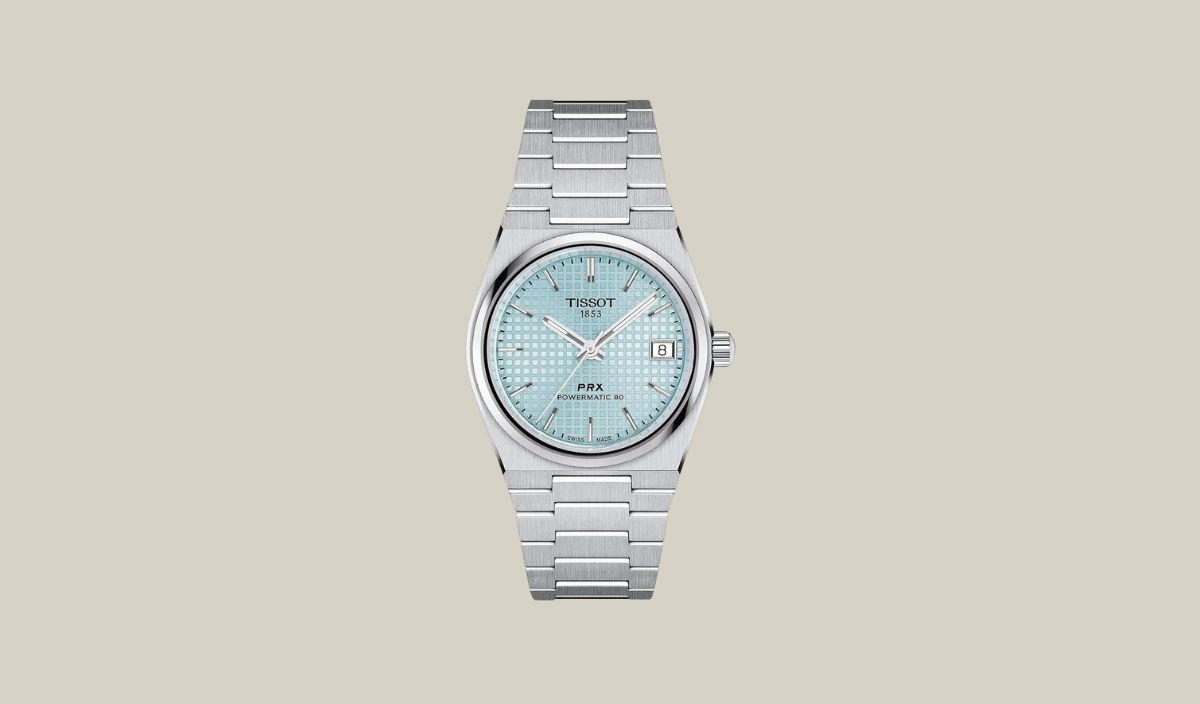
If you ever find yourself amongst watch enthusiasts, you might learn that there are certain “genres” of watches that are needed to round out a collection. There is also category overlap, with some watches checking multiple boxes.
Most collections necessitate a GADA, or “Go Anywhere, Do Anything” watch. For some, this may be a field watch, or a dive watch, or even a tool watch.
For me, I’ve always believed that the integrated steel sports watch was the perfect GADA candidate. It’s the kind of watch that works with everything, without ever feeling out of place.
The Tissot PRX is the perfect example of this: robust, durable, stylish, and—perhaps most important…it’s affordable. A watch not only for the elite. A watch for the people.
From Conventional to Avante Garde
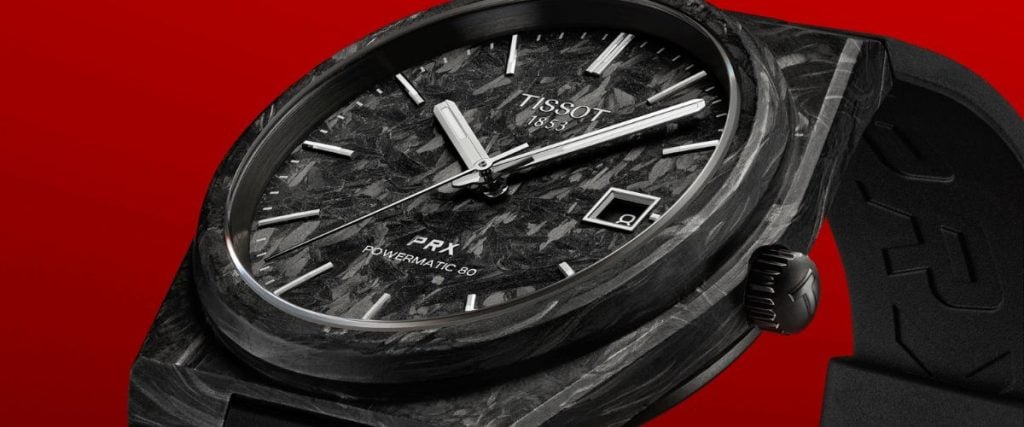
The year was 1972. To not own and regularly wear a wristwatch would have been seen as peculiar. Wristwatches were a staple accessory, adorning the wrists of blue-collar workers and executives alike.
In 1972, watches were mechanical and had a “classic” aesthetic, often with round cases, simple dials, and leather straps. And then came the Royal Oak—changing everything. I have to admit, if I were to close my eyes and envision a luxury sports watch, it would be the Royal Oak every time.
Designed by Gérald Genta and released in 1972, the Audemars Piguet Royal Oak was the first true luxury sports watch. This iconic design inspired and legitimized an entirely new genre—one that broke free from the conventions of delicate and derivative dress watches.
The Royal Oak didn’t just shift tastes; it ushered in an avant-garde era of watchmaking, shifting the entire industry in new and exciting directions. And you might be asking yourself right now: Why so much on the Royal Oak? I thought this was about the Tissot PRX.
As previously mentioned, the Royal Oak inspired an entire genre of watches—the integrated steel sports watch. Tissot, being a titan of the Swiss watch industry, though with far more accessible prices, released the Seastar “PRX” in 1978.
It would be hard to argue that this quartz timepiece was not directly inspired by Genta’s Royal Oak, and though it had a relatively short shelf life due to the quartz crisis, Tissot revived the iconic watch in 2021 with the PRX. The watch has been a huge commercial success for them, and I personally am an enormous fan of the modern iteration. It truly is the “people’s watch.”
Case
Along with the bracelet, the case of the Tissot PRX Powermatic 80 is the star of the show. Available in two sizes, 40mm and 35mm, the PRX is appropriate for virtually all wrists, both men and women.
Given that integrated bracelet watches typically have much shorter lug-to-lug measurements—44mm and 39mm in this case—they’ll actually wear smaller than their dimensions might lead you to expect.
So, if you usually wear a 38mm, don’t shy away from the 40mm PRX. Across the lineup, the stainless steel case is beautifully brushed with polished chamfered edges, offering good contrast and superior light play.
There are PVD-coated yellow and rose gold options, too. There are even models with 14k gold fluted bezels, if you wanted something a bit more dressy. Finally, if you are into “exotic” materials, the recently released black and grey marbled forged carbon case is an absolute stunner. You have to see and hold it in person to really appreciate it!
The PRX does not have a screw-down crown, though its crown is signed with Tissot’s signature “T.” It still offers a robust 100m of water resistance, more than virtually anyone using the watch will ever need.
Beyond that, the exhibition caseback offers a clear picture of the Powermatic 80 automatic movement. Sapphire crystals are used for the dial across the model range.
Offering a bit beyond the “spec sheet”, here, I have to admit that I was a bit skeptical of the PRX before holding one in the flesh. The fit and finish are beyond anything I expected in the sub $1000 range. You really have to see one in person to appreciate the full breadth of these watches!
Dial
The PRX Powermatic 80 offers a variety of colors and a brilliantly executed waffle dial. Every shade of blue is available, from deep to ice blue and even a new gradient blue dial. There are greens and gold and white and black and on and on. Too many to list here, but there is certainly a color for every palette.
I myself am partial to the green dial—but green is my favorite color, so I am biased. The only dials without the waffle texture are those with the 18k fluted bezel, available in a “sunburst” untextured blue, silver, or brown dial. The forged carbon PRX has a black carbon dial, untextured as well.
Baton indices line the outer portion of the dial, in lieu of Arabic numerals. The indices are filled with Superluminova for superior low-light visibility, which is an absolute necessity for my everyday watches.
A date—not color matching, which sort of irks me, but isn’t the end of the world—window is located at the 3 o’clock, regardless of model. Baton-style hands, also filled with a healthy amount of lume, allow for easy visibility and time-telling.
Movement
I remember when Swatch Group first released their Powermatic movement. Industry professionals were upset when Swatch acquired ETA and released the Powermatic movement, fearing a monopoly on Swiss watch movements. The Powermatic, with its impressive 80-hour power reserve, was seen as far superior to standard off-the-shelf Swiss movements, which typically offered just a 38-hour reserve.
This Powermatic 80, exclusive to Swatch Group, features a modified ETA 2824-2 base, optimized for longer autonomy while maintaining high accuracy. If you flip the PRX Powermatic 80 over, you can view the movement.
It’s not necessarily the most beautiful movement in the world, but it is functional and pretty damn accurate to boot: +/- 15 seconds per day, which is far superior to most watches—be them Swiss, Japanese, or otherwise—within the sub $1,000 price range.
Straps
I always suggest buying the PRX Powermatic 80 on the bracelet, which has a beautifully articulated and crafted stainless steel integrated design. Sure, you can buy the watch on the rubber strap or leather strap, but the star of the show is the bracelet, and it is much more expensive to source than a strap would be.
Another thing worth mentioning: You can’t simply buy any strap for these watches. Though the 40mm version has a lug width of 21mm, and the 35mm version has an 18mm lug width, the integrated design requires a proprietary strap from Tissot.
On-Wrist Experience
Sublime. Next question.
I’ve handled many integrated steel sports watches—from AP and Bvlgari to Maurice Lacroix and Oris. Sure, wearing a $30,000 watch has that extra “wow” factor, and I was very skeptical when Tissot first released the PRX.
At the price point, I was expecting something clunky and unrefined, like many of the cheap fashion watches that try, but fail, to imitate luxury integrated steel sports watches.
I was given a 40mm blue-dialed PRX to try for a week. I loved it so much. It maintained +6 seconds per day, which was totally impressive, and I took it swimming, golfing, hiking, and desk diving.
It performed through every task, and after a while, it became “part” of my wrist, so much so that I purchased my own 40mm green dialed version.
I have also tried the 35mm version, and it didn’t look too small or dainty on my 6.5-inch wrists, so I am sure almost anyone could pull it off (bear-wristed fellas need not apply!).
Price & Availability
The PRX Powermatic 80 lineup now includes both 40mm and 35mm versions with waffle dials, priced at $725 and $695, respectively, when purchased on the integrated stainless steel bracelet.
If you opt for a leather or rubber strap instead, you can shave a bit off the price, though I’d argue the bracelet is half the appeal.
For something a little more elevated, the 18k gold fluted bezel models come in at $1,850 and trade the waffle for a clean sunburst dial.
On the opposite end of the spectrum, the forged carbon PRX is the boldest of the bunch—matte, marbled, and coming in at $995. All versions feature the Powermatic 80 movement, sapphire crystal, and 100m of water resistance.
The integrated design wears comfortably in both sizes, and the overall quality punches well above its price. Whether you go classic or contemporary, there’s a PRX that’ll feel right at home on your wrist.
The best place to purchase a Tissot PRX is from an authorized dealer, as this ensures authenticity, warranty, and the best selection of watches. It’s worth mentioning that Tissot is quite popular, so finding an AD should be quite easy, regardless of geographic location.
Final Thoughts
Imagine a $700 Swiss watch with an exclusive movement with 80 hours of power reserve, superb accuracy, a date complication, 100m of water resistance, and striking looks and quality.
I do not think any manufacturer without the resources of the Swatch Group would be able to pull such a feat off, but here we are. The Tissot PRX Powermatic 80 is a modern marvel of horology, and it remains…the people’s watch.


